
Every time you board an aircraft, one of the first announcements is the safety spiel where you learn about the location of the emergency exits. Hopefully you’ve listened and taken note but chances are you don’t give the exits a second thought because although you ought to be aware of them, they’re not the focus of the flight. The exits, like the plane itself are merely a vehicle for your journey rather than the destination themselves. Certainly, you’ve heard it before but why is it that a company whose primary vision is a grand exit is not always headed for the greatest heights? This week we talk to Marc Bernegger, founder of Crypto Finance AG, about what elements lead to a successful exit and why focusing on the destination is the best strategy you can have. The conversation centred around 4 main points:
Fly International, Match Making, Options, Timing
To get Marc’s full take on preparing for an exit, listen here.
Fly International
To increase your company’s potential, you need to broaden your audience. Even before you reach the exit stage, try and broaden beyond only Swiss buyers or investors. The more diverse your stakeholder base, the better your chance at growth and exit. Naturally, the timing of your international flying should be driven by your vision, ambition, plan and business case. Not everyone will target an inter European or international market but in general the earlier you have a broad shareholder base the better because:
- The more geographical spread of investors, the greater reach you’ll have into relevant markets.
- The more diversity in investors, the more doors which are opened, and where smart money can mean more potential buyers.
Millionaire Match Making
Like most things in entrepreneurship, finding the right match with an investor or potential buyer has a lot to do with timing. You might be in an early prototype stage looking for a high-risk seed investor to buy into your concept and team. Later, the investor will want to see first customers and revenues. Additionally, your stage will not only affect the type of investor but the amount of freedom you have. Entrepreneurs generally value their independence and VC funds in a company can drastically change the mindset. For this reason it’s important to select investors based on your own alignment. Don’t create artificial business cases and artificial numbers to fulfill requirements of VCs.
That said, as long as numbers are moving in the right direction you should be able to keep your freedom. This is another reason why diversity in shareholder base can be important, because relying on just one shareholder can put you in a sticky situation. The sweet spot for a well diversified group is made up of five up to a maximum of fifteen different investors.
Regardless of the stage you’re in, the priceless element of your match making strategy is prioritizing the most entrepreneurial investor over the highest valuation. The right VC wants you as a founder to be incentivized and have skin in the game and who wants to take part in your success rather than use you for it.
More on this topic and your role as a startup CEO
Additional resource on the stages of fundraising
No doubt, a 100 million dollar exit is impressive. However, what is often forgotten is that by the time a company reaches that scale not much equity is left for the founders. Valuation is one thing but ultimately it’s a share price and number of shares you have. Nowadays, shareholdings are small and founders are often only left with 1 or 2 %, particularly in a high growth space.
So how can you come out on top? For starters, spend money cautiously and raise it only when you need it and have a clear plan for it. In addition, consider that VCs know how to play the game and will often fire up an additional round before an exit. A friendly reminder that finding the right match with your investor is so critical.
Doing your due diligence for a deal also means considering the pros and cons. In general some advantages and disadvantages may be:
Pros: If the set up from the buyer is favourable, an exit can help you evolve. Perhaps you find yourself as more of a builder than a manager and the exit is what you need to move onto a new phase in your career. The exit will also satisfy the hunger for return for your investors.
Cons: If you’re profitable, selling your stake in the game to start over again from zero is very risky and should depend on your underlying business model. Consider it may be beneficial to keep working on what you’re working on, especially in terms of your personal goals: why do you do what you do, what are you solving, what are your interests. An exit will most likely change the company you built beyond recognition.
Exits usually take the form of either an M&A (Merger and Acquisition) or an IPO (Initial Public Offering)
M&A:
- Asset deal: you sell all the company’s assets, including employees to a new owner.
- Share deal: the acquiring party buys a majority of the shares and therefore takes control of the company. This deal is the more common of the two.
IPO: An IPO offers immediate liquidity and allows you to keep some shares and follow the company even if you left it completely. However, simply preparing the prospectus (the document based on which the shares are offered on the stock exchange) for an IPO costs several millions, it only really makes sense at 200 million plus and is therefore still rare in Switzerland. If you do an IPO without a sustainable long term trajectory it’s not going to serve your goals. Going the route of an IPO means that the company will henceforth be public, meaning that all market relevant information has to be disclosed immediately and your books will undergo regular public audits.
If a six digit revenue proves your business has traction and you need 10 million plus to be considered an SME, at which figure do you begin to look for the exit? When we look to our fellow entrepreneurs we will most likely notice that there isn’t one magic number signifying that it’s time to pull the ripcord, for example you might recall that Snapchat once turned down 3 billion from Facebook. If snapchat won’t exit at 3 billion, how do you know your 2 million exit is the right move?
Unfortunately, as with a lot of aspects of entrepreneurship, there is no one universal answer. In most instances, timing comes down to a feeling. This means it is less about reaching a particular milestone and more about having a handle on how you feel as a company and the personalities and goals of your founders contrasted with the opportunities presented to you. Timing is knowing where you are on your roadmap to your own subjective notion of success.
In addition to trusting your gut, as a founder you should ask yourself:
Do you have the resources to find the right potential buyers or could it make sense to involve other ones who are supporting you?
Proper funding rounds slow down other activities. Exits are often supported by intermediaries, to guide and support you on both sides. On one level you have lawyers and on another corporate finance specialists who go through the other details because as a founder you also have to take care of and manage your daily business.
Consider that the process will take anywhere between 3 and 6 months depending on size and complexity of the deal (IPO is longer, internally) and will be composed of the following:
1. NDA / Letter of Intent: A big part of any deal is due diligence, especially in the world of tech. Before any talk about numbers, it’s important to create a framework for protected elements of the relationship.
2. Indicators: This is your time to dig deep, crunch the numbers and verify the original thesese. In addition to disclosing your hard numbers, your team needs to show KPI’s and other success driven elements that are indicators of a successful and sustainable business.
3. Price: The price of acquisition is often split in a fixed part and a variable part, called earn-out, that gets paid out on defined targets and incentives and usually lasts over 1–5 years.
4. Lastly, comes the public announcement. Once the news is out there is often a chance of refinancing.
If you don’t remember anything, hold on to this:
- Companies should grow organically. An exit should be a product of your success and not the driver of it. Stay focused on the business and stay relevant.
- People are assets: who is buying into you, and who are you buying into? Consider the relationship match in any transaction over any other element.
- Strategy will vary depending on your funding situation: VCs who need 30x return in 5 years need to act more aggressively compared to long term focused business angels.
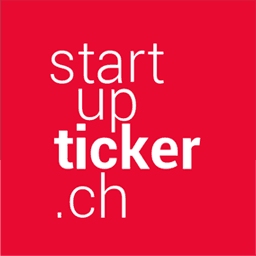

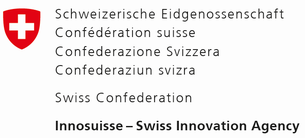


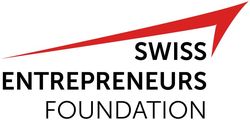


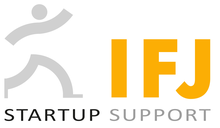




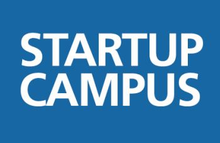




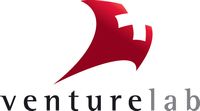



















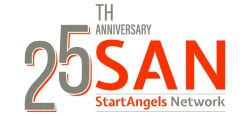

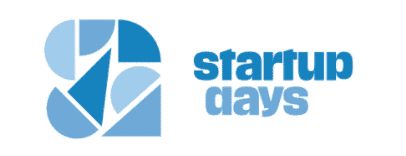








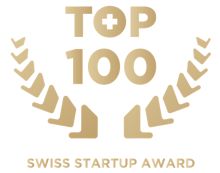





Please login or sign up to comment.
Commenting guidelines